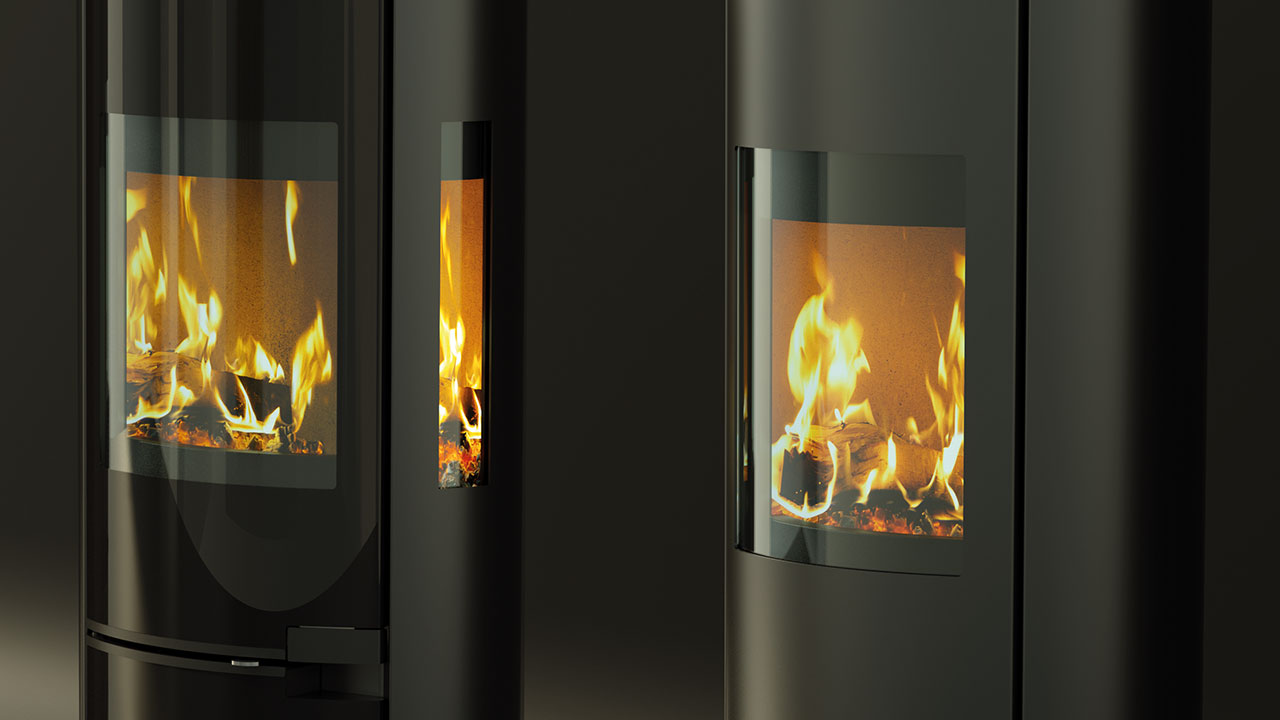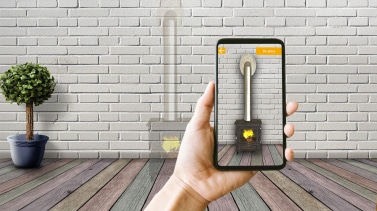Noise Reduction within Flue and Chimney Systems
Reducing noise within the Industry
The first thoughts about safety at work are always about physical injury prevention as well as inhaling fumes, hazardous substances, etc. However, Occupational Noise, which is the amount of acoustic energy received by an employee of a company, can cause permanent damage if it is continuous.
In the UK, The Control of Noise at Work Regulations 2005, came into effect for all industries from April 2008, which is quite late when you consider that the harm hearing loss can cause. Harm such as Tinnitus, which is the perception of noise in the ear or head, caused by a problem with the inner ear.
The sustaining of high noise levels can also mask warning signals, prevent concentration and vital communication.
Most authorities around the world have agreed that noise becomes dangerous when it’s higher than 85 decibels during a typical 8-hour work shift. However, noises under 85 decibels can also cause issues with the general public who are in and around the working environment.
An example below shows the different examples of noise levels in decibels – the definition of noise is sound that is unpleasant or causes disturbance.
| Quiet | Mid-range | Noisy |
|---|---|---|
| 10 Pin Dropping | 70 Dishwasher | 85 Passing diesel truck |
| 20 Rustling Leaves | 75 Vacuum Cleaner | 100 Handheld drill |
| 40 Computer | 80 Garbage disposal | 140 Jet-engine at take-off |
| 50 Refrigerator | 170 Safety airbag | |
| 60 Air Conditioner | 180 Rocket launch |
Reduction
If a noise can’t be reduced by engineering the equipment, then acoustic quieting is required. This is the process of dampening vibrations from machinery and systems such as flue systems.
With the increasing demand for noise attenuation, the demand for noise reduction from flues and chimneys in marine and industrial situations mean that many companies have developed their own silencer programmes. These tend to be combined with flue systems to have a product range which is reducing sound at the design stage
Why noise reduction?
Not all noise is the same. Sound is pulsating air; how often it pulsates indicates the frequency. Normally different sources have a different profile over the frequencies. For example, flue gas noise and noise from boilers or generators tend to be at different frequencies – which demand different types of silencers.
Flow noise will occur in flue system where the velocity of the flue gases exceeds 20 m/s. This will influence the sound spectrum, which means that different types of silencers can be combined for installations to achieve the best results.
The following are the main types of silencers suitable for flue systems from generators and boilers, etc.
Absorption Silencers
Higher frequencies can be reduced by absorption of the sound by using material such as a mineral wool. Put simply, an Absorption Silencer does what it says and “absorbs” the sound within the insulation.
The silencer performs over a broad frequency range in the middle and higher frequencies. The human ear is sensitive to these range of frequencies.
These silencers are commonly installed close to the point of termination, as this helps attenuation of flow noise for the end of the exhaust, before entering the atmosphere.

Typical Absorption Silencer from Schiedel Metaloterm. This is divided into two noise reduction levels: 25 and 35 dB
To reduce sound in the lower frequencies, and therefore getting an overall reduction, a resonance silencer is required. Combinations of silencers mean that the noise intensity can be drastically reduced over the full frequency range.

Metaloterm® resonance silencers are divided into two noise reduction levels on average are between 20 and 30 dB.
Resonance Silencer
A typical Resonance Silencer is designed to neutralise the low frequency noise generated by diesel engines, boilers, CHP units etc.
The silencer itself is divided into separate sections which are interconnected. The flue gasses pass through the centre of the silencer and the sound generated from these gasses has varying frequencies. These different frequencies rebound off the inside of the resonator and tend to cancel each other out causing the noise to reduce. Also, the silencers expand the flue gasses therefore reducing sound.
Resonance Silencers are commonly installed close to the sound generating source, such as a boiler or engine, thus preventing the low frequency noise spreading through the full length of the exhaust system.
Combining Silencers
In projects where two separate silencers are not applicable, especially when space is at a premium, a combination type silencer can be used, as they are based on a combination of the resonance and absorption principle, providing excellent sound reduction across the entire frequency range.
Combinations of different silencer types
Alternatively, if a flue system is modular in design, then the various types of silencers can be implemented in one exhaust system, resulting in excellent acoustic performance of the total system.
It’s recommended that you choose a supplier with special calculation software, which will allow you to calculate the final noise level by input of the sound spectrum and the silencer type.
Also, the calculation should allow you to input the silencer specification, and also the desired final noise level to make the correct choice.
Conclusion
When looking for a silencer for commercial use, there are a number of aspects to look at.
- Look at twin wall and pre-insulated variants in stainless steel.
- Single system from start to end, with integrated silencers. No extra flanges.
- Silencers which are equipped with easy connections to existing flue system
- Lightweight properties, as these will complement the existing weight of a flue system, which also help with reducing vibrations to surrounding structures
- Look for system with internal thermal expansion to avoid constructing expensive compensators and avoiding the need for flexible mounting kits.





